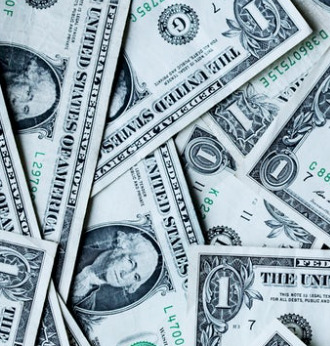by Fred Fuld III
You may be wondering what a tax selling stock is. It is a stock that is currently selling for a low price but was trading at much higher levels earlier in the year.
As the year-end approaches, many investors employ the technique called tax harvesting , which is the selling of loser stocks to offset any gains that may have been established during the year.
With all the heavy selling, the price of the stocks that have had big drops tends to tank far more than what would normally take place during the rest of the year.
So traders and investors are on the lookout for stocks that are heavily hit, hoping for a little (or big) bounce in January, once the tax selling is over.
So if you are looking for these types of stocks, here is a selection of some that have dropped by over 75% year-to-date. They all have low market capitalizations so they should be considered speculative, as the market caps are all less than $800 million. However, all of these have a price to earnings ratio of less than 12 and all have a price sales ratio less than one.
| Company | Symbol | Market Cap | P/E | Price |
| Francesca’s Holdings Corp. | FRAN | 45.86M | 11.81 | 1.04 |
| Ferroglobe PLC | GSM | 334.56M | 4.15 | 1.81 |
| Iconix Brand Group, Inc. | ICON | 9.41M | 0.29 | 0.12 |
| MiMedx Group, Inc. | MDXG | 190.98M | 5.53 | 1.55 |
| OncoMed Pharmaceuticals, Inc. | OMED | 31.76M | 6.08 | 0.81 |
| United Natural Foods, Inc. | UNFI | 788.58M | 4.09 | 11.09 |
| Ultra Petroleum Corp. | UPL | 189.41M | 1.36 | 0.92 |
If the above stocks are too speculative for you, here are some stocks that are down over 50% year-to-date and have market caps in excess of $2 billion. They all have P/E ratios less than 14, and a price sales ratio of less than one.
| Company | Symbol | Market Cap | P/E | Price |
| CommScope Holding Company, Inc. | COMM | 3.39B | 13.91 | 16.89 |
| Mohawk Industries, Inc. | MHK | 8.96B | 9.65 | 117.02 |
| Owens Corning | OC | 4.83B | 10.78 | 43.44 |
| Spectrum Brands Holdings, Inc. | SPB | 2.43B | 4.66 | 45.81 |
| Thor Industries, Inc. | THO | 2.79B | 6.25 | 54.04 |
Maybe someone’s tax losses can be your tax stock gains.


